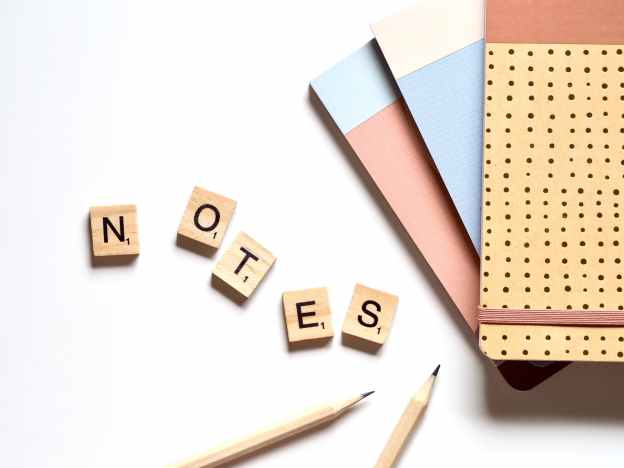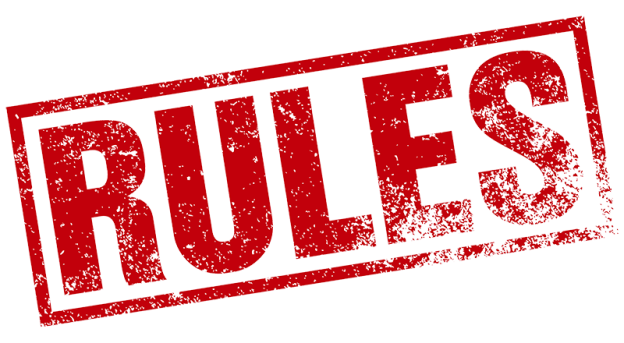Written by Samantha Steelman
Does anyone ever feel confident in where to put that comma or that semicolon? What is it about those two punctuation marks that are so intimidating? Growing up, many teachers drilled into our heads that commas should be placed wherever you think you should take a breath. This has led to a life time of comma splices. I am not sure if this was how everyone was taught where to put a comma, but based on my college and tutoring experience, I feel confident in saying a lot of students do not know where to put a comma or a semicolon. With that being said, let’s get into the basics.
Commas ( , )
First, a major error many young writers (and older ones too) make: comma splicing. A comma splice is basically when there is a comma placed in a sentence that doesn’t need to go there. The most common misuse of a comma is using a comma between and independent clause and a dependent clause. Here is an example:
“I love to write, but hate writer’s block.”
In this example, “hate writer’s block” is not an independent clause, so the comma is not needed in this sentence.
There are many rules to remember when it comes to where to put a comma. Today, we will only be focusing on a few comma rules.
Independent Clause Introduced by a Coordinate Conjunction
This is one of my favorite comma rules and one of the easiest for me to remember! First thing’s first, when you have two independent clauses separated by a coordinate conjunction (FANBOYS – For, And, Nor, But, Or, Yet, So) there should always be a comma before the coordinate conjunction. Now, what exactly does that mean? An independent clause is just a complete sentence or a sentence that can stand on its own.
“I love to write, but I don’t love writer’s block.”
In this example, “I love to write” is an independent clause. “I don’t love writer’s block” is also an independent clause because it can stand on its own. You could write this statement as two complete sentences, or you can combine them together with the addition of a coordinate conjunction and a comma!
Introductory Phrases
Introductory phrases always come before independent clauses. I like to think of them as introducing the sentence with extra information. The Grammarly blog does a great job at explaining this concept. “An introductory phrase is like a clause, but it doesn’t have its own subject and verb; it relies on the subject and verb in the main clause. It sets the stage for the main part of the sentence. When you use an introductory phrase in your writing, you’re signaling to the reader that the central message of the sentence is yet to come.” Here are some examples given of introductory phrases:
“While getting ready for bed, Susan heard a knock on the door.”
“After the meeting was over, the staff was exhausted.”
“During the production of the film, the director nearly quit.”
“After riding his bike around the neighborhood twice, Rob was sweating profusely.”
Participial Phrases
Participial phrases are a bit tricky! As defined by Grammar and Usage in the Classroom, “Participials are the present or past participle forms of verbs used as adjectives. . . Participial phrases normally follow the nouns they modify. However if the participial is nonrestrictive, it may be moved away from the noun it modifies” (Lester, 188). Usually, participial phrases start with the participial (past or present verbs used as adjectives), so if you keep this in mind, participial phrases will be easier to spot. Here are some examples from Grammar and Usage in the Classroom:
“Picking their spot carefully, the hikers set up camp.”
“Senator Fogg stalked out of the room, ignoring the reporters’ shouts.”
“Worried about his grades, Chadwick decided he had better get to work.”
“How could you have paid the fine, being completely broke?”
Semicolons ( ; )
Semicolons are much easier to understand because they only have one rule! The only time a semicolon should be used is if it is separating two complete sentences without a coordinating conjunction. A semicolon is best used when one wants to combine two like sentences. For example, if I was writing a paper about household pets, I might say something like this:
“Dogs love companionship. They are great pets to have for people who desire friendship.”
Because these sentence are talking about similar subjects, I could combine them together by inserting a semicolon between the two:
“Dogs love companionship; they are great pets to have for people who desire friendship.”
That’s all to it! I hope I was able to ease some anxiety about when to know to use a comma or a semicolon. By familiarizing yourself with some of the comma rules, figuring out where to put a comma becomes so much easier!




